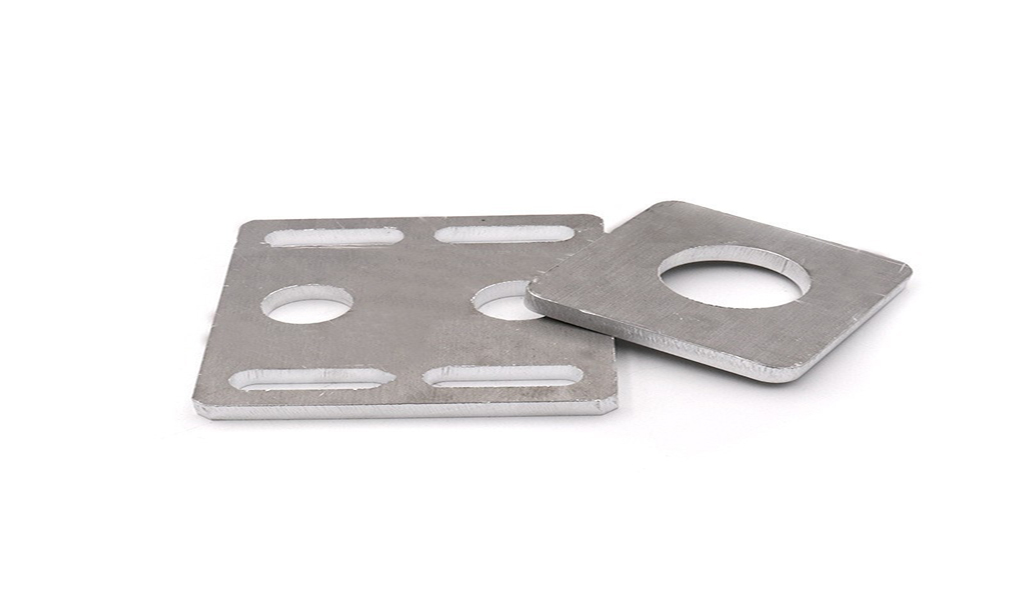Zirconia ceramic parts are a new type of material in the machinery manufacturing industry. Zirconia ceramic parts have many good characteristics such as high hardness and strong stability. So what are the inspection methods for zirconia ceramic parts? Next, Pintejin ceramics will introduce to you a bit.
Zirconia ceramic parts are aliased as structural ceramics, engineering project porcelain, and ceramics. Compared with traditional parts, they have excellent wear and corrosion resistance properties.

The production of zirconia ceramic parts requires the production of powder equipment with high purity, good dispersion characteristics, fine particles and narrow particle size analysis. There are many ways to prepare zirconia ultrafine powder.
The purification of zirconia mainly includes chlorination and thermal decomposition method, alkali metal oxidation decomposition method, lime melting method, plasma arc method, precipitation method, colloid method, hydrolysis method, spray pyrolysis method, etc.
Test method for zirconia ceramic parts
- 1. First, observe whether the hardness of the zirconia ceramic parts meets the standard, and whether the wear resistance is good or not, as well as the thermal conductivity, chemical stability and corrosion resistance.
- 2. The second is the refractory performance of zirconia ceramic parts. Because it is a high temperature resistant ceramic, it must reach a high temperature of at least one thousand degrees Celsius.
- 3. The zirconia ceramic parts should have good chemical stability and high acid corrosion resistance under high temperature;
- 4. Finally, the density of the product is high, and the compatibility between organisms is also high.
The above is the inspection method of zirconia ceramic parts brought to you by Pintejin Ceramics. Pintejin Ceramics is a manufacturer specializing in the production and machining of ceramics, focusing on the machining of alumina ceramic parts and zirconia ceramics, and can process ceramic products according to your needs.
Pintejin machining ceramic service include : Alumina Ceramic Parts, Zirconia Ceramic, Silicon Carbide Ceramic, CNC Machined Aluminum Nitride Ceramic, Machinable Ceramic Parts, Glass Ceramic,Macor Ceramic,Powder Metallurgy Dies,Ceramic Injection Molding,Ceramic Dry Pressing,Ceramic Extrusion Dies




